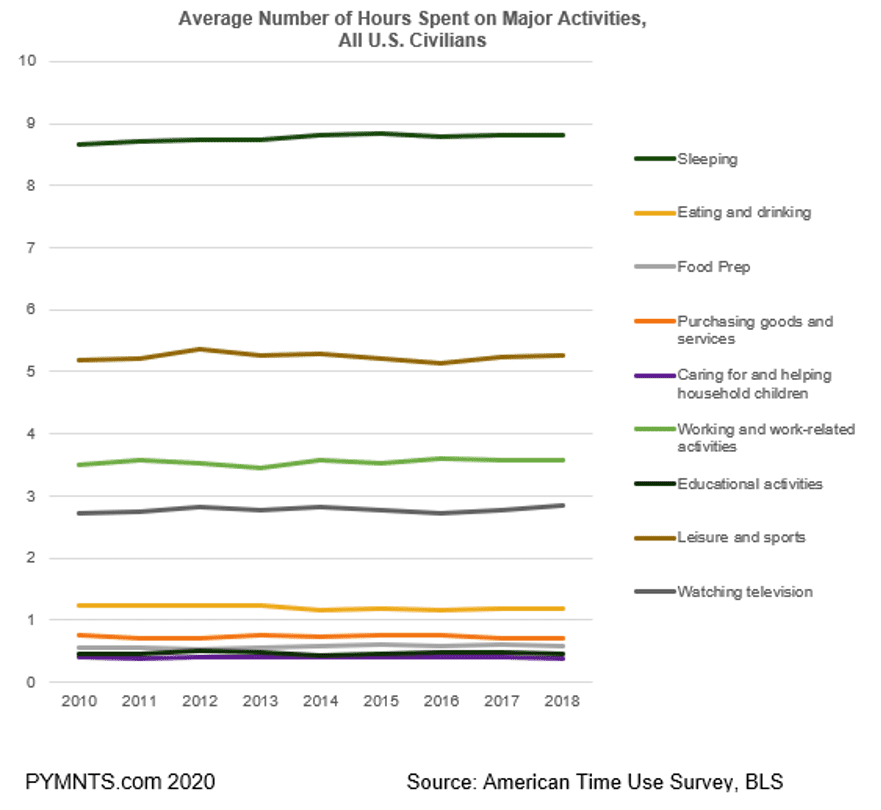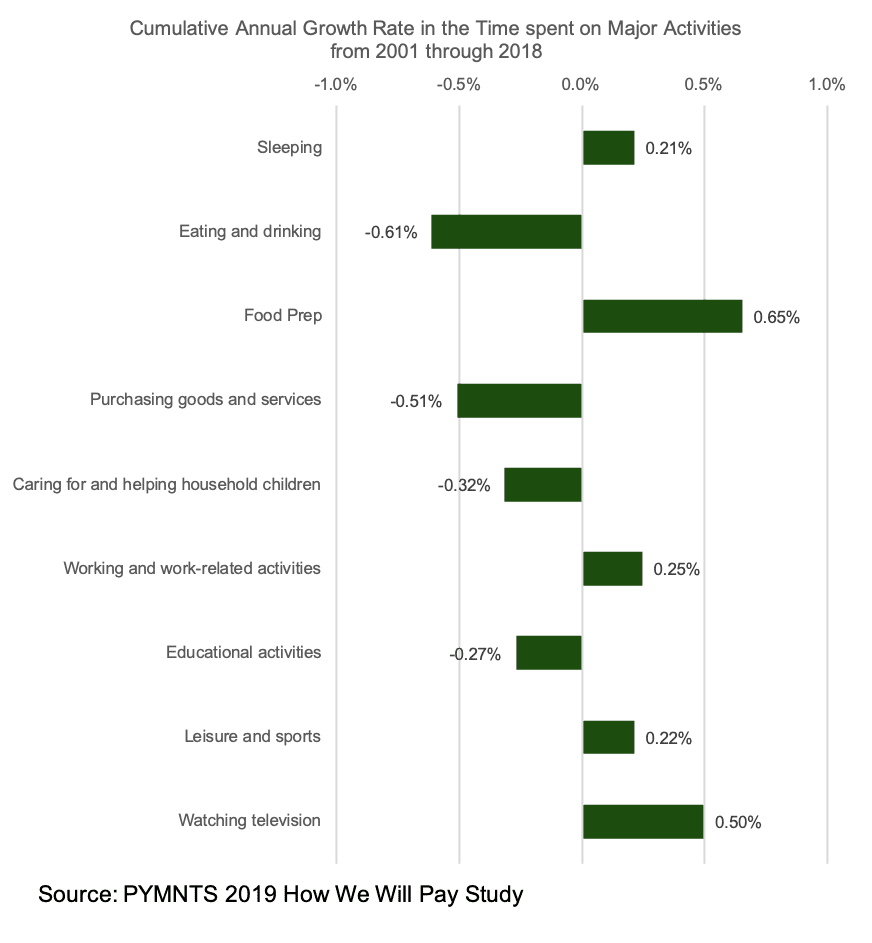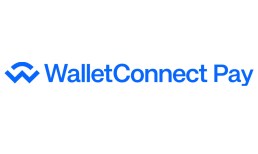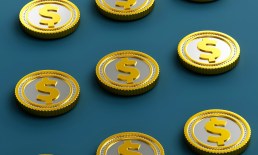One of the most important innovations in history is the pendulum clock, which was invented in 1636 by Christiaan Huygens, a Dutch scientist and founder of the field of mathematical physics.
Although humans had created mechanisms for keeping time for thousands of years, an accurate measure of time — one that also included a display mechanism for all to see — didn’t exist before Huygens’ invention. It’s said that his clock design became the standard means of timekeeping for the next 300 years, and is one of the reasons he is regarded as one of the most important figures in the scientific revolution.
The pendulum clock’s historical significance was its ability to accurately measure and track time, something that became a key enabler of the Industrial Revolution. Timekeeping devices helped companies more accurately track workers’ time and calculate their pay based on hours worked. By knowing how long it took for people to travel from one place to another, innovators were able to improve the speed and efficiency of transportation options, including railroads. Observing how long it took workers to complete specific tasks not only helped companies staff their shops and factories more effectively, but also inspired new processes and machinery to improve the speed of those jobs.
Enabling people to use their scarce time more efficiently has been at the core of many disruptive innovations throughout history. And today, 384 years later, innovators are still using time to disrupt the status quo across each of the eight cornerstones of our connected economy.
But unlike centuries before, when innovations were only focused on counting and measuring time in order to economize the consumer’s use of it, today’s innovators must do more — because people and businesses want more.
How we work, pay, are paid, shop, bank, live, play, stay well and eat will continue to be transformed by innovators who understand that the digital transformations within each of these cornerstones will create efficiencies that will save people time.
Advertisement: Scroll to Continue
The vocabulary words we use to describe this transformation are making those activities more accessible, more convenient and less friction-filled.
Yet that understates the role time will play as a catalyst to the innovations that will mark this new decade.
The 2020s will be defined by the innovators who understand that time is a currency people truly value — and they will use technology and connected devices to maximize each unit of time.
Not just by saving more of it, but by compressing time in a way that makes the use of it even more productive.
Maybe even spendable.
The 24-Hour Clock
Benjamin Franklin wrote in 1789 that the only certainty in life was death and taxes.
However, he may have missed another big certainty: There are only 24 hours in a day.
Everything that a person wants or needs to get done in a day has to fit within the 1,440 minutes that start every day at 12:00 a.m. and end at 11:59 p.m., 24 hours later. That’s pretty much the way it’s been, well, forever.
Thanks to Huygens, the world has made a cottage industry out of watching the time, benchmarking it and counting it in any number of ways, and for any number of reasons.
In fact, the U.S. government conducts a study every year to measure how Americans spend those 24 hours. Called the American Time Use Survey, it is conducted each year by the Bureau of Labor Statistics.
The below chart shows the results of that study for the period from 2010 through 2018 — the most recent year for which that data is available.
 At first glance, it looks as though not much has changed. Americans have spent more or less the same amount of time sleeping, working, eating, drinking, preparing food and engaging in sports and leisure activities over that nine-year period.
At first glance, it looks as though not much has changed. Americans have spent more or less the same amount of time sleeping, working, eating, drinking, preparing food and engaging in sports and leisure activities over that nine-year period.
Yet everything has changed.
Consumers increasingly use mobile phones and other connected devices and apps to make the most of the daily activities that fill those 24 hours.
Over the last decade, innovators have capitalized on the consumers’ growing desire to save time, using mobile devices and apps to create any number of ways to do that.
Consumers don’t have to wait for a taxi, and can instead use Uber or Lyft. They don’t have to go to the bank to cash a check, and can instead use mobile remote deposit capture. They don’t have to sit at home and write checks to pay the bills — they can use online or mobile bill pay to get the job done. Instead of sitting on hold to make an airline or hotel reservation, consumers can use online travel aggregators or branded apps to book and confirm their arrangements.
Consumers don’t have to go the movies to watch original content — they can pop open Netflix, Amazon Prime, Hulu or another of the many streaming services to watch at home on their $4,000 flat-screen smart TVs. They can save time driving to and from the stadium to watch the you-name-the-sports game, instead live-streaming it from the comfort of their living rooms.
Eating at a restaurant is still an option, of course, but so is eating food at home or anywhere else, thanks to aggregator apps that save consumers the trip and the wait. Online shopping cuts out the triple-time-waster — the time it takes to get to the physical store (and park), the time it takes to find something to buy (if it is found in the store at all) and the time it takes to wait in line to pay. In fact, 50 percent of consumers in a study we did last summer reported making an online purchase in a 24-hour period in seven of the 13 categories we tracked — everything from buying clothes, food and digital goods to booking household services and buying health, beauty and medical supplies.
Buy buttons on websites save consumers time at checkout and improve online merchant conversions.
Over the last decade, we have witnessed the disruption caused by these — and many other — time-saving innovations for businesses that didn’t recognize the premium consumers place on their time.
Taxi medallions are worth pennies on the dollar. Nearly 60 percent of all bills are now paid online, and consumer check usage has taken a nosedive. Sixty-one percent of consumers are said to use mobile devices and apps to book travel, shuttering travel agents of all ilks. Over the last decade, mobile remote check capture is reported to have saved consumers 830 million hours spent going to bank branches, in part causing banks to rethink the staffing and usage of their physical branch footprint.
Attendance at live sporting events is on the decline, with turnout at MLB games down precipitously for each of the last six seasons. This creates a conundrum for the sports franchises that don’t rake in the big bucks from ticket sales, but also don’t want to broadcast games with empty stadiums or suffer a potential change to team dynamics when playing at a sparsely attended arena.
Attendance is also down at movie theaters — the average moviegoer sees 3.2 movies per year in the theater in 2018, versus the 5.2 movies they saw in 2002. Restaurant sales are up, thanks to higher prices, but foot traffic is down, which is becoming a disturbing trend.
Of course, we all know the story of the implosion of physical retail, as consumers skip the lines in the stores to buy online, even if they pick up what they buy online in the store.
Saving time is also a key driver when it comes to using connected devices to buy and pay for things. In fact, it tops the list.
We observed this last year in the 2019 How We Will Pay study, done in conjunction with Visa, which examined the use of connected devices to buy and pay across some 2,800 U.S. consumers. Saving time is so important that consumers will even spend more to preserve it — in one of the greatest examples, 150 million of them paid $119 per year to Amazon to get deliveries in two days, and now one day.
 Turning Time Into Money
Turning Time Into Money
In 1745, Benjamin Franklin wrote in his famous Advice to Young Persons that time is money for two reasons: Using time to work means using time to earn money — but the opportunity cost of being idle means giving up money that could have been earned without the ability to recover it.
That’s the calculus that consumers now use to measure the value of their time. Consumers think not only about how much time they have to spend in any given day on any given activity, but also about how to use that unit of time most effectively.
Consumers understand that time wasted can’t be recovered.
It’s why I believe the greatest contributions made by innovators over the next decade will be their ability to leverage connected devices, new tech, artificial intelligence (AI), the cloud, payments, 5G, tokenization and new business models to help consumers compress as much time as possible within the discrete daily activities that consume the 24 hours in their day.
When they do that, innovation will emerge from these new connected ecosystems that will enable consumers to multitask within any given activity, much more than they do today, without interruption.
We see the green shoots of that innovation today. In fact, in the 2019 How We Will Pay study, we observed that of the 15 routine activities that could be performed at home — many of which involved shopping and making purchases – consumers used connected devices for seven of them.
Consumers can tell Alexa or Google Home to add Cajun seasoning to their shopping list while cooking or cleaning up after dinner, order new running shoes while watching the Lakers, order coffee and a breakfast sandwich for a drive-through pickup while headed into work, text the dog walker that they’ll be late while pounding out that late-night client assignment, dispute a card transaction with their bank via an app while riding the subway to meet friends for drinks after work, or search for a flight on Google and then book it without even visiting the brand’s site. Smart homes can set the alarm, turn on the lights, turn up the heat, open the blinds and start the coffee without the consumer having to lift a finger — or even get out of bed.
All of those things didn’t take a decade — they emerged and gained traction over just the last three or four years.
Paying In Time
IKEA made news last week when it took time as currency to a whole new level.
In a pilot now running in Dubai, IKEA is literally giving people the option to be paid for the time it takes to drive to its stores and to shop using their time as a currency. When customers present their Google Maps route that calculates the time spent driving to the store, it is converted into a currency that can be spent in the store, enabling consumers to cash in their travel time to buy products. Prices on store shelves are presented in units of time, based on a formula that considers the average wages for workers in Dubai.
Employers and gig platforms recognize that for workers who don’t want to wait for their pay, time is money. According to our recent studies, 65.9 percent of skilled gig workers and 59.1 percent of unskilled gig workers who get their work via digital platforms would flip to a platform that paid them faster, and 64.4 percent would pay for earlier access to those wages.
SMBs pay 1.5 percent to Square to get instant settlements, and Uber drivers without an Uber Money account and Lyft drivers can pay to get their wages deposited after every ride. Hourly workers pay a variety of pay advance app platforms to access earned wages, as an alternative to falling short when paying their bills or when they want or need to pay for an unexpected purchase.
People know they only have so much time in a day — and in their lifetimes.
It is the most precious thing we have. So it’s not surprising that people care so much about it. And it’s no wonder that innovators have focused so much on time over the years.
But now the opportunities for innovating time are exploding, as every nook and cranny of the physical world becomes a node on the internet.
And it’s why time will be central to the innovation that emerges in the connected economy over the next decade and beyond.

 At first glance, it looks as though not much has changed. Americans have spent more or less the same amount of time sleeping, working, eating, drinking, preparing food and engaging in sports and leisure activities over that nine-year period.
At first glance, it looks as though not much has changed. Americans have spent more or less the same amount of time sleeping, working, eating, drinking, preparing food and engaging in sports and leisure activities over that nine-year period. Turning Time Into Money
Turning Time Into Money 


